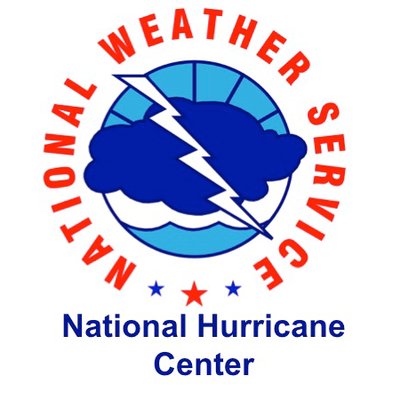During the this week’s National Hurricane Conference in Orlando, a Colorado State University professor proposed a better a way to predict the damages of a devastating hurricane — do away with the Saffir-Simpson Hurricane Scale.
Hurricane specialist, Philip Klotzbach, spoke Tuesday at Orlando’s Rosen Centre hotel about his crusade in doing away with the famous wind scale in favor of measuring surface pressure, the force exerted on the sea surface by the air above, as a better metric to predict hurricane damages.
“Wind hasn’t worked recently,” said Klotzbach, a CSU meteorology professor. “It’s not bad but pressure actually does (predict) better.”
Klotzbach spoke Tuesday to a standing room-only event during the four-day biannual Orlando conference, which showcases experts, authorities and entrepreneurs from all over the country versed in climatology, emergency management and tropical phenomenon.
His pitch was simple: replace the wind scale for a pressure scale. Klotzbach is not the only person supporting a movement of using pressure over wind, and Tuesday was not the first time the CSU professor pitched the idea. During the 2020 hurricane season, Klotzbach and other meteorological scholars, published a paper about the subject, but it went largely ignored and overshadowed by a storm of a different nature — the COVID-19 pandemic, Klotzbach said.
“Frankly, I think to get attention, we need a large hurricane like a Hurricane Ike, which was a Category 2,” Klotzbach said. “People said, ‘Oh, it’s not a major hurricane, I’m not going anywhere.’ And then, you know, 15-20 feet of storm surge in the Baltimore peninsula, and all those people lost their lives.”
[…]
Understanding pressure is crucial to the Klotzbach’s argument. Pressure is what is largely responsible for storm surge — which the National Hurricane Center has said is the most deadly force a hurricane produces. In 2019, the NHC found that most people consider wind to be the greater destructive force in a hurricane’s arsenal, however that isn’t the case, said NHC’s storm surge specialist Cody Fritz.
“Historically, storm surge has contributed to about half of storm-related deaths,” Fritz said.
A study of storm damage between 2007 and 2021 found that Saffir-Simpson scale predictions mostly didn’t see much of a consistent relationship between forecasted wind and excessive hurricane damages, according to CSU. However, CSU found a very strong relationship between predicted pressure and damages to an area, Klotzbach said.
Consider a tale of two hurricanes: 2004′s Charley and 2005′s Katrina. Both were devastating storms, but measuring the wind speeds before landfall predicted Category 5 Charley as the more threatening storm. Katrina was measured in as a Category 3 storm before landfall.
“But if we look at the pressure for Katrina, it was much lower than for Charlie when it made landfall,” Klotzbach said. The lower the pressure, the bigger the storm and more widespread its winds tend to reach, which means not only is there a wider coverage of strong winds but also a greater exertion of storm surge.
Hurricane Charley was devastating for Southwest and Central Florida, but the storm only produced about 7 feet of surge. Katrina put New Orleans through 28 feet of storm surge.
“The levees failed in New Orleans and all the damage that caused was devastating, but even had the levees held in New Orleans, we had 200 fatalities in Mississippi from storm surge,” Klotzbach said. About 1,800 people in total died because of Katrina. Comparatively, Charley was responsible for 37 deaths.
Applying the surface pressure scale to Katrina would have labeled the storm as a Category 5 hurricane, according to Klotzbach. The same could be said for 2012′s Super Storm Sandy, which made landfall in New Jersey as an extratropical storm under the wind scale, but a pressure scale would’ve labeled it as a Category 4 hurricane.
As I recall, Katrina produced the lowest-ever barometric reading as it was approaching the coast, so a scale that ranks it as The Big One makes sense to me. The Saffir-Simpson scale is easy to understand – it’s one through five, based on wind speed – but there are more dimensions to hurricanes. I think the same kind of simplicity could be applied to a pressure-based scale, and if that’s a better of when to run and when to hunker down, we should try it.


Another case of a scientist presupposing that logic and data necessarily helps laypeople assess personal risk. I distinctly remember that the residents of the Bolivar (Baltimore?) Peninsula were explicitly warned that their choice was evacuation or certain death. Yet, those that perished still made the choice that led to their deaths. In the case of New Orleans, a definitive prediction of levee overtopping would not have altered the hard reality that most of the victims, and NOLA itself, had no effective plan or means to evacuate those who ultimately died. I’m not opposed to adding this metric as described here but I doubt it will have much effect on the human casualty numbers